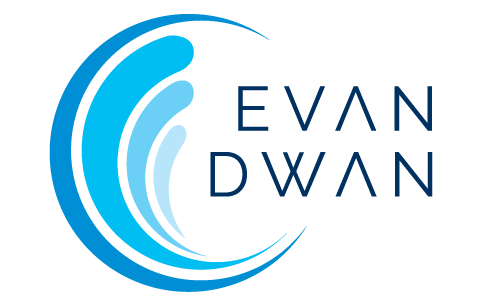“When in danger or in doubt, run in circles, scream and shout.”
― Herman Wouk
The autonomic nervous system (ANS) regulates our bodily functions like heart rate, breathing, digestion and stress. The ANS takes in signals from the body and the environment and responds through three different pathways. These pathways work in a particular order and respond to challenges in predictable ways.
The three pathways developed over the course of the evolution of our brains and nervous system. The oldest pathway is the dorsal vagus, which responds through immobilization (shutting down). Then there is the sympathetic nervous system which mobilises to fight or to flee. The newest pathway is the ventral vagus which responds through social engagement and connection. These three responses are adaptive and automatic responses and the organism’s attempt to protect itself in the face of danger.
The ANS is the foundation upon which our experience of living is built. It is a resource that underpins everything we think, feel and do in the world. Sometimes we avoid situations, sometimes we retreat from situations, sometimes we seek connection with people, sometimes we seek isolation.
Reflection
Are you aware of these three autonomic states when they are active in your life? Perhaps you can think of times in the past where you experienced all three. When the sympathetic nervous system becomes active, we might experience emotions like fear and anxiety, anger and frustration, irritation and panic.
However, sometimes that danger can feel like ‘too much’, or when we feel like there is a life threat present the dorsal vagus pathway can become active. In this state we can feel depressed or helpless, we might feel trapped and shut down, or feel shame and hopelessness. Our system starts to collapse and seeks to conserve energy. At an extreme we can ‘feign death’.
At other times, perhaps if we have people around us to support us, the ventral vagus becomes active. When in this state we feel safe. The parasympathetic branch of the nervous system becomes active. We feel calm and connected, curious and open, compassionate and present.
Try
Activating the ventral vagus can help build resilience and well-being. To do this bring to mind a time when you felt a strong sense of social support. When did you feel really safe and protected, loved and cared for? Or if you can’t bring a memory to mind you can imagine a person, or a group of people who care for you, perhaps forming a circle around you, offering protection and refuge.
The aim here is to get a ‘felt sense’ of what is like to feel supported and connected with others. What happens in your body? What emotions come up? What sensations accompany this experience. Just be open and curious to what arises. Pay particular attention to any ‘resource’ experiences, for example a sense of calm, strength, or affection. See if you can stay with this experience for 10-30 seconds at a time and notice what happens.

